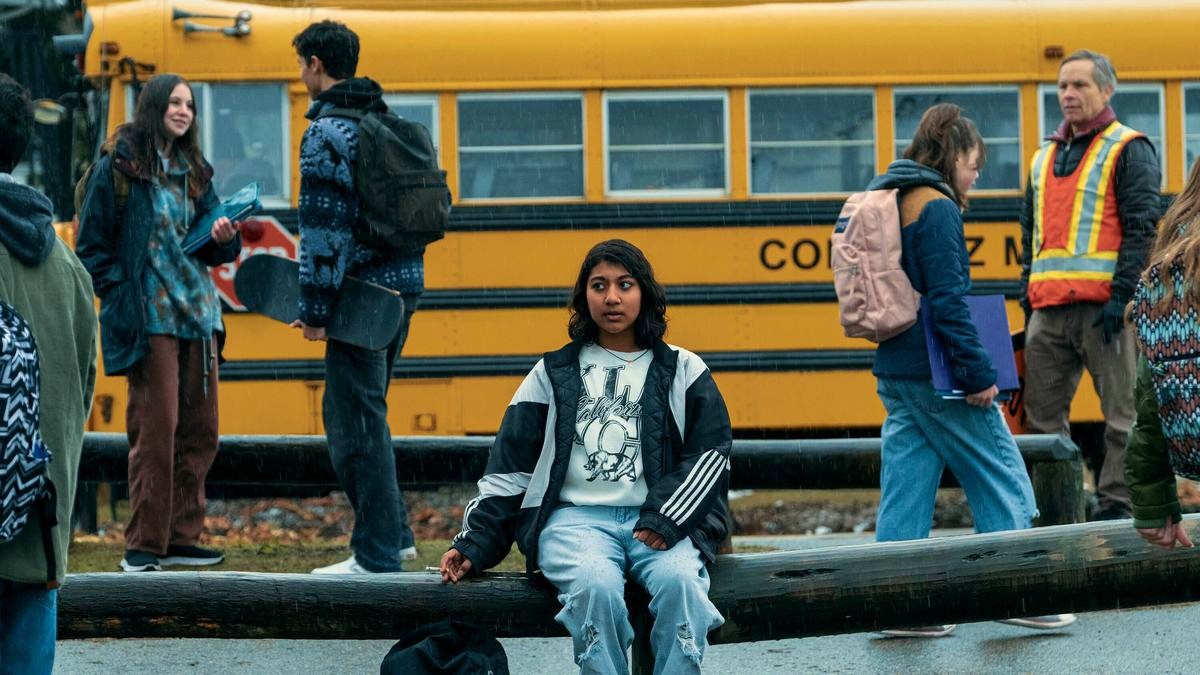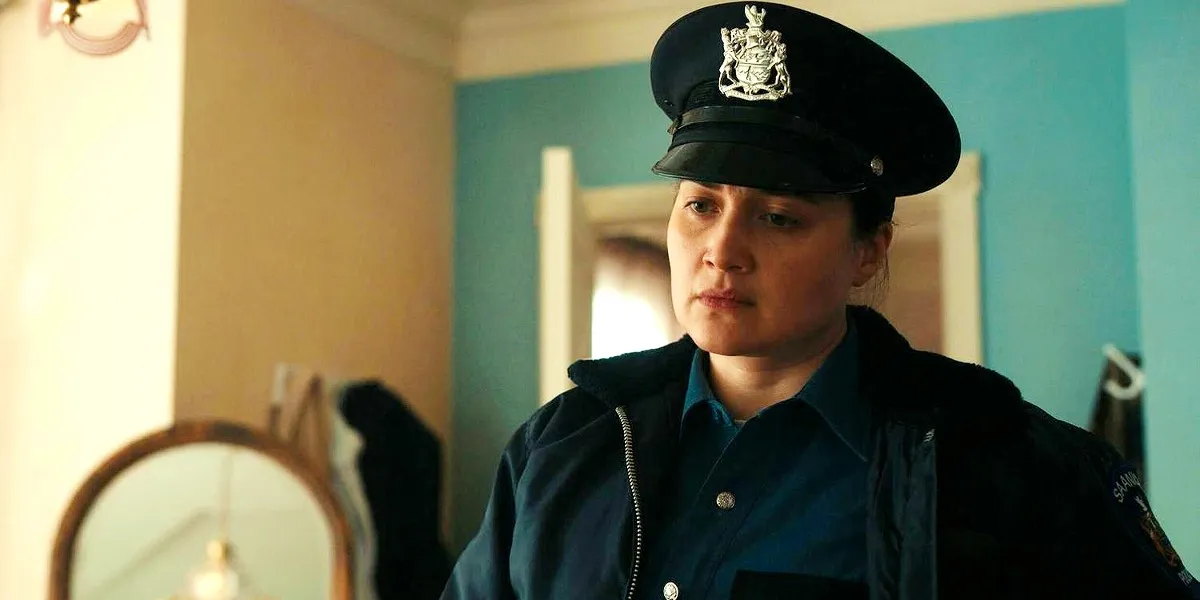Why the True Crime Case at the Center of Hulu’s ‘Under the Bridge’ Is So Difficult To Capture

Hulu’s newest true crime series Under the Bridge is now out, sparking interest in the real-life tragedy the show is based on.
The series is based on the nonfiction book of the same name by Rebecca Godfrey. It sees Godfrey (Riley Keough) follow the investigation into the disappearance of teen Reena Virk (Vritika Gupta), which is led by local cop Cam Bentland (Lily Gladstone). Virk disappears in the same Canadian suburb Godfrey grew up in after she leaves home one evening to attend a party with her friends and never comes home. As Godfrey and Bentland dig deeper into the case of Virk, they are shocked by the identities of the primary suspects.
Under the Bridge has earned praise for being a respectful retelling of the tragic true crime case. It also seeks to honor the legacy of the late Godfrey, whose book received high critical acclaim for delving into the case through a compassionate lens, and who died shortly before the series began filming. Although the show does attempt to tell the whole story, it also takes some creative liberties, such as making Godfrey a prominent character rather than a mere observer and creating the composite character Bentland.
What is the true crime case behind Under the Bridge?

Reena Virk was 14 years old when she disappeared one night in November 1997. Virk was an Indo-Canadian resident of Saanich, British Columbia, whose parents were Jehovah’s Witnesses. She struggled to fit in with her peers, given her strict religious upbringing and ethnicity. Virk was also frequently ostracized for being bigger than most girls her age, standing at 5’8 at age 14. In a desperate bid to fit in, she started rebelling against her religious parents and hanging out with Nicole Cook (named Josephine Bell in the series, played by Chloe Guidry), whose friend group had a reputation for being troublemakers and “mean girls.”
According to Godfrey, the foundation for the murder was laid when Virk’s insecurity led her to lash out at her friend. She found the phone numbers of boys in Cook’s notebook and began calling them to spread lies about Cook. When Cook found out, she and her friend, Kelly Ellard, hatched a plan to confront Virk at a party on November 14, 1997. During the party, at which a number of teenage boys and girls had turned up, Cook approached Virk to confront her. The confrontation grew heated, with Cook putting out a lit cigarette on Virk’s forehead. That act of physical violence and the prospect of a fight suddenly triggered a number of bystanders.
Six girls, including Ellard, and one boy, Warren Glowatski, suddenly joined the attack on Virk and began beating her. Other party attendees tried to break up the fight, and eventually, the crowd dispersed, though no one attempted to help the gravely injured Virk. Eventually, she attempted to stagger home. However, two of her attackers, Ellard and Glotwaski, decided to follow her. The pair continued beating her before pushing her body into the river. While Virk’s parents quickly reported her missing after she failed to come home, her body was not found until eight days later. Those involved formed a pact to keep quiet, but rumors had already led to investigators honing in on them.
Soon, eight teenagers would be arrested in connection to Virk’s death. Six girls, including Cook, were charged with aggravated assault, while Glowatski and Ellard were charged with murder and sentenced to life in prison. However, Glowatski was released on parole in 2010, with the support of Virk’s parents, who accepted his apology in a stunning act of forgiveness and took note of his attempts for reform while in prison. Ellard remains in prison, though she was granted day parole in 2017.
Ever since the horrific murder, questions have lingered over how such young individuals could do such a heinous thing. While it was easy to dismiss the perpetrators as monsters, Godfrey’s book attempted to humanize them. It never excused what they did but simply tried to remind readers that there was more to their stories than the horrific crime they committed. Through her research, she delved into the difficult circumstances many of the perpetrators experienced. For example, Glowatski was living alone at the time of the murder, having been abandoned by his father and alcoholic mother. Some of the girls had spent time in group homes, and others had experienced trauma, including witnessing a murder. Godfrey also noticed a lack of services and resources for the children in Saanich, which is why many, like Glowatski, were left to fend for themselves as minors.
Godfrey also acknowledged how racism and discrimination factored into Virk’s murder, although reporters at the time seemed to gloss over her minority status and the ostracization she experienced. It’s unlikely we’ll ever be able to fully work through the numerous layers and circumstances that factored into the tragedy. Attempting to see the figures involved as humans and understanding their circumstances, though, could potentially help prevent further cases like this from occurring in the future.
(featured image: Hulu)
Have a tip we should know? [email protected]